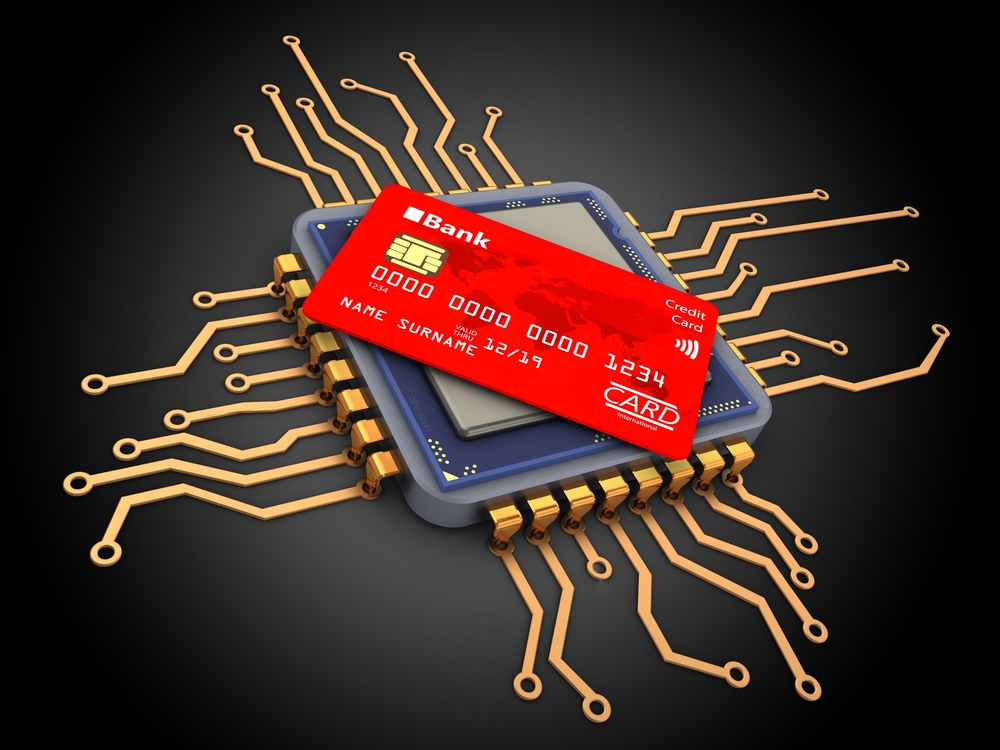Category: STRIPE
-
Stripe Fees Increase, Avoid Paying More This Black Friday
Black Friday is right around the corner and Stripe, the world’s largest payment service provider, has increased transaction fees for MKE (manual keyed entry) payments. MKE is used by every category of merchants, sometimes as a backup solution and others as the primary method of payment. By increasing the fee for this type of transaction,…
Written by

-
Stripe for Dropshipping? Solutions and Alternatives
The most common way to accept payment online is through credit cards. Stripe is one of the most popular credit card gateways to use at checkout, but is it good for dropshipping? Recently, we got an email from someone distraught about their new dropshipping business they set up with Stripe. We don’t recommend using Stripe…
Written by

-
Is Stripe a Good Processor? The SMB Killer
Business owners across the world know Stripe. Either from 1st-hand experience with the payments giant or because its difficult to not recognize due to it’s market share. In fact, Stripe is so popular that many people are blinded by the $$$ and ignore the red flags in front of them. What is Stripe.com? An aggregator,…
Written by

-
Stripe for Supplement Sellers? The #1 Payment Processing Tip
We’ve said it before and we’ll say it again — Stripe for supplement sellers is a bad idea. And if you’re thinking about or already using Stripe to sell supplements, now’s your chance to take action before it’s too late. Why So Many Sellers Use Stripe Stripe is a payment processing platform that allows you…
Written by

-
Stripe Shut Down My Account — How to Accept Credit Cards FAST
You’ve just been cut off from credit card processing by Stripe.com, and you’re in panic mode. There’s no time to waste—you need to get your gateway back up ASAP. Here’s the only guide you need to start processing credit card payments again after Stripe shuts down your account. Follow along below, watching this episode on…
Written by
